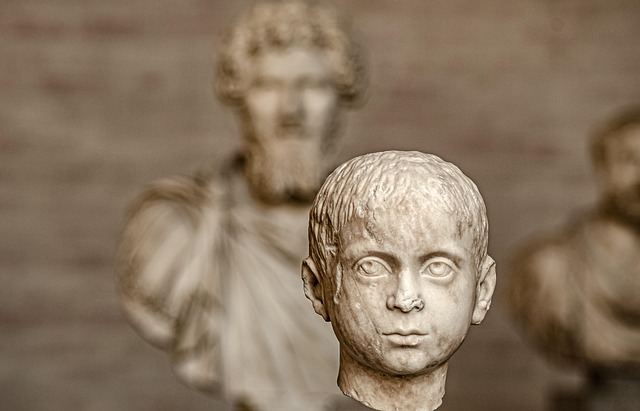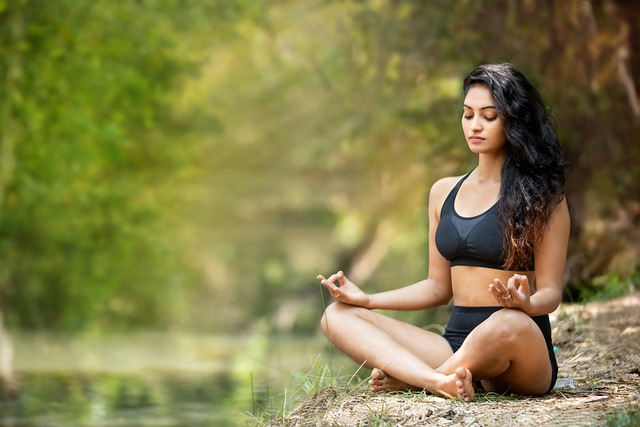In the pursuit of a balanced life, many people turn to yoga as a multifaceted practice that blends movement, breath, and awareness. What sets yoga apart is its unique ability to serve as a mirror for self‑knowledge, allowing practitioners to explore their inner landscape while simultaneously strengthening their bodies. By integrating disciplined training routines with mindful observation, yoga offers a holistic pathway to understanding oneself on physical, mental, and emotional levels.
The Roots of Yoga and Self‑knowledge
Yoga’s origins trace back over 5,000 years to ancient India, where it evolved as a system of disciplined practice aimed at achieving harmony between body and spirit. The Sanskrit term “yoga” means “union,” emphasizing the union of the individual self with a larger consciousness. This foundational concept places self‑knowledge at the heart of the practice: each posture (asana), breath (pranayama), and moment of stillness is an opportunity to peer inward and gain clarity about one’s habits, desires, and patterns of thought.
In modern contexts, yoga has become a global movement that adapts to contemporary lifestyles while preserving its introspective core. Whether practiced on a mat in a studio or in a quiet corner at home, the practice encourages a continuous dialogue with oneself, fostering self‑knowledge that extends beyond the mat into everyday decisions and relationships.
Physical Fitness and the Body-Mind Connection
From a fitness perspective, yoga is celebrated for its ability to develop flexibility, strength, balance, and endurance. However, these benefits are inseparable from the heightened body awareness that yoga cultivates. As practitioners move through sun salutations or warrior sequences, they learn to listen to subtle signals—tightness, strain, or ease—and adjust accordingly. This attentiveness promotes an intimate knowledge of one’s own physical limits and potentials, laying the groundwork for safer and more effective training.
For instance, a beginner may discover that a specific pose places excessive pressure on the knee, prompting a modification that preserves joint health. Over time, this self‑monitoring cultivates a sense of responsibility for one’s body and a deepened self‑knowledge that informs choices in nutrition, recovery, and overall wellness.
Training Techniques for Deepening Self‑knowledge
While many adopt yoga for its aerobic and strength benefits, intentional training techniques can unlock deeper layers of self‑knowledge. Here are three approaches that elevate practice beyond the physical:
- Slow, Prolonged Holds: Holding poses for 30–60 seconds forces the body to stay present. The prolonged effort draws attention to breathing patterns, muscle tension, and mental focus, revealing hidden stressors and areas of resilience.
- Mirror Work: Practicing before a mirror offers visual feedback. Observing alignment and posture sparks self‑reflection about body image and self‑acceptance, fostering self‑knowledge rooted in self‑respect.
- Guided Meditation within Flow: Integrating brief meditation pauses during a flow sequence encourages practitioners to notice shifting emotions or mental chatter, providing insights into recurring thought patterns and emotional triggers.
These techniques, when practiced consistently, cultivate a mindful relationship with the body and enhance the ability to self‑diagnose physical and emotional conditions.
Breathwork and the Gateway to Self‑knowledge
Breathing is the lifeblood of yoga, linking the nervous system to the mind. Pranayama practices—such as diaphragmatic breathing, alternate nostril breathing, and kapalabhati—are designed to influence the autonomic nervous system, calm the mind, and sharpen awareness. By consciously controlling breath, practitioners can access deeper layers of self‑knowledge, as breath often mirrors emotional states.
For example, noticing a rapid pulse and shallow breathing during a challenging pose can signal underlying anxiety. A response such as a slow, intentional inhale can shift the nervous system toward relaxation, revealing the emotional source of tension. Over time, this awareness transforms the practice into a powerful self‑regulation tool that extends beyond the mat.
Mindfulness Practices in Movement
Mindfulness is the practice of being fully present in the moment. In yoga, it is cultivated through deliberate attention to the sensations of each movement, the texture of the breath, and the subtle shifts in balance. The integration of mindfulness transforms the practice into an ongoing exploration of self‑knowledge.
“The breath is the gateway to the present. When you anchor yourself in breath, you uncover the layers of the self that usually remain hidden.” — Anonymous Yoga Teacher
By consistently attending to the present, practitioners notice patterns such as impatience, self‑criticism, or habitual thoughts that surface during practice. These insights guide personal growth and reinforce a continuous cycle of self‑reflection and adjustment.
Nutrition and Self‑knowledge: Eating with Awareness
Yoga’s emphasis on self‑knowledge naturally extends to nutrition. Mindful eating—paying attention to taste, texture, and satiety—helps practitioners develop a more intimate relationship with food. This practice encourages a recognition of emotional hunger versus physical hunger, fostering self‑knowledge about one’s body’s true nutritional needs.
For example, a yogi who notices a craving for sweets during a busy day might question whether the urge is physiological or a response to stress. Addressing the underlying cause, perhaps by incorporating grounding breathwork, can lead to healthier choices and a deeper understanding of one’s emotional triggers.
Rest, Recovery, and Self‑knowledge
Recovery is as essential to yoga as practice itself. The practice of Savasana, or corpse pose, invites the body and mind to integrate experience. In this restful posture, practitioners are encouraged to observe thoughts without judgment, offering a clear window into habitual mental patterns.
Through intentional rest, individuals learn to recognize signs of overtraining, stress, or burnout—early indicators that inform future training choices. By listening to these internal signals, practitioners cultivate self‑knowledge that guides a balanced approach to fitness and well‑being.
Integrating Yoga into Daily Activity
Yoga’s principles can be woven into everyday life. Simple practices—such as a mindful walk, a short stretch at the desk, or a brief breath pause before a meeting—extend self‑knowledge beyond formal practice. These micro‑moments become opportunities to reset, reflect, and re‑center.
Moreover, incorporating yoga-inspired awareness into routine tasks—like listening fully during conversations or paying attention to posture while working—helps maintain a continuous sense of self‑knowledge throughout the day. This seamless integration ensures that the benefits of yoga permeate all aspects of life, not just the moments spent on the mat.
Long‑Term Benefits of Self‑knowledge Through Yoga
Over time, the cumulative effects of yoga foster profound self‑knowledge. Practitioners often report increased emotional resilience, better stress management, and a heightened sense of purpose. Physically, they experience improved joint mobility, reduced chronic pain, and enhanced cardiovascular health.
Mentally, the practice of observing thoughts and emotions cultivates an internal dialogue that is both compassionate and honest. This inner conversation equips individuals with the tools to make choices that align with their authentic values, creating a life that is both balanced and purposeful.
In conclusion, yoga offers a unique, integrative pathway to self‑knowledge. By merging physical training, breathwork, mindfulness, nutrition, and recovery, practitioners uncover a deeper understanding of their bodies, minds, and hearts. This self‑knowledge is not a static destination but a dynamic process that evolves with each mindful breath, each deliberate movement, and each moment of stillness. Embarking on this journey invites a lifelong partnership with oneself—one that continually shapes fitness, health, and activity into a harmonious expression of the whole self.



